-
GREAT thread this......... The best metallurgist I know - in fact I'd say all of the best ones, were the Chemistry Grads as opposed to the Mech Engineers or Physics Grads. It'd be easier for us thicko Mech Engr grads if it were an exact science!
-
-
12-24-2010 01:26 PM
# ADS
Friends and Sponsors

-
Advisory Panel


GREAT thread this......... The best metallurgist I know - in fact I'd say all of the best ones, were the Chemistry Grads as opposed to the Mech Engineers or Physics Grads. It'd be easier for us thicko Mech Engr grads if it were an exact science!
The only ones who considered engineering to be a exact science were the ones teaching it. We poor slobs who had to take that information and go out and earn a living soon found out the more often than not, the books lied or like economics--it the book didn't cover it---it suddenly became a "special case." It came home and bit deeply the first time the boss came down and said my parts weren't fitting together at an assembly plant building 60 cars an hour and what was I going to do about it. LIke an idiot, I fell back to schooling and said first we get data, analyize it , form a hypothesis and test it. Two hours later, I was on an airplane and later had additional pieces of my posterior chewed out by the plant manager. You can't go to school for that kind of training. It is also why I collected guns, it was cheaper than going to a shrink.
-
The Following 4 Members Say Thank You to breakeyp For This Useful Post:
-
-
Thank You to jmoore For This Useful Post:
-
Moderator
(Lee Enfield Forums)


I like this thread. Looks like we may need to sticky this.......
-
-
Advisory Panel



Originally Posted by
jmoore;
I stole Mr. Moore's picture as it is a great example of a catastrophic failure. I had trouble matching the picture to the callouts and the preview won't show the picture so I am guessing I guessed right. Anyway the picture should be a cocking piece where the front area broke off from the rear cocking piece, fourth up from the bottom. The grainy cross section shows that the failure happened all at once. In the upper right hand corner of the exposed surface, you can see what appears to be a Y or crow's foot change in material appearance. I suspect the failure started at this point and propagated across the whole surface with little warning that it was going to happen.
If the part had been due to fatigue--where the part is subject to a series of bending, relaxing and bending again, the failure surface would have shown a series of circular marks with the start point of the failure being at the center of the failure. Bending a wire back and forth until it breaks is a good example of fatigue or dynamic failure. Breaking a stick or shearing a bolt off is an example of catastropic failure as there is no warning until it happens.
Please, Mr. Moderator can you fix this. My photo abilities are challenged. Well, anyway go to 4th picture up from the bottom of Mr. JMoores' post.
Last edited by Badger; 12-28-2010 at 07:27 AM.
Reason: Fixed broken link for poster .....
-
Thank You to breakeyp For This Useful Post:
-
This one, yes?
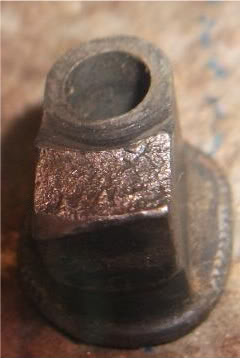
Copy of "Photo #13.4"
Don't know why it didn't show in your post, breakeyp.
---------- Post added at 10:39 PM ---------- Previous post was at 10:35 PM ----------
BTW, it was LIGHTLY scrubbed w/ a wire hand brush of 0.002" wire size before the photos to clean away cruc and corrosion, which may have rounded the edges a bit.
Last edited by jmoore; 12-28-2010 at 07:48 AM.
-
The Following 3 Members Say Thank You to jmoore For This Useful Post:
-
BTW, the more typical slow crack propagation (Fatigue failure) example as described by breakeyp above is illustrated by the cocking piece stub still attached to the bolt assembly. However, it's not an Enfield part after all, it's Ishapore. Don't know why I stated the contrary earlier! (Post #1 corrected to show proper mfg. origins.)
Last edited by jmoore; 12-28-2010 at 08:06 AM.
-
-
Advisory Panel


Thank you for the photo help. I can remember my materials people beating me up for fitting a failed part back together before bringing it to them for analysis. They felt that it would alter the failure surface. Their analysis used high power microscopes and they could tell if I did it. So you can imagine my cringe when you said you wire brushed it. Boy, they sure could put the fear into you. After all the fiddling around they did, the best they could really tell you was if it was an immediate or overtime failure and the direction from which I started.
-
The Following 2 Members Say Thank You to breakeyp For This Useful Post:
-
That is why I thought it important to mention. However, due to years of poor storage beforehand, they were of even less value "as is"! Didn't know we were going to get as involved in the "nitty-gritty" at first. In actual fact, IF I had some way of doing super macro shots, much detail is still usable. Lemme cipher on it a while...
I think there's another cocking piece untouched somewhere, as well. Off to edit and clean up some previous posts to make references easier. (Destroying their historical value! The posts, that is...
 )
)
ETA1 More distressed parts coming! Anybody else?
ETA2 The distressed safeties are looking interesting. There's a Savage in the collection that has some safety wear dramas...
ETA3 For ease of reference just call out the post number for those posts that don't get photo numbers. So far, they all contain just one photo each.
Last edited by jmoore; 12-28-2010 at 07:56 AM.
-
Thank You to jmoore For This Useful Post:
-
FREE MEMBER
NO Posting or PM's Allowed

A little wreckage, a 1918 BSA. The sight middle screw was once upon a time, stripped then the head cut off and put back in the hole, the whole sight then being braised to the wrist. When I opened it up my 'shootable' enfield had major yikes! issues. Time to break out the West epoxy.
















 PM
PM









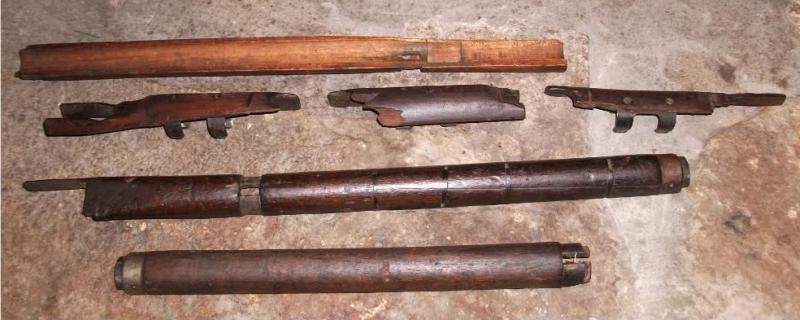
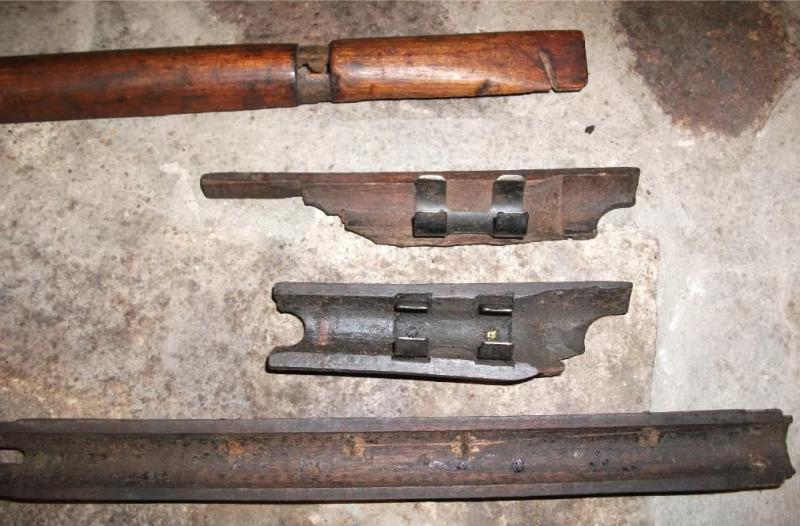

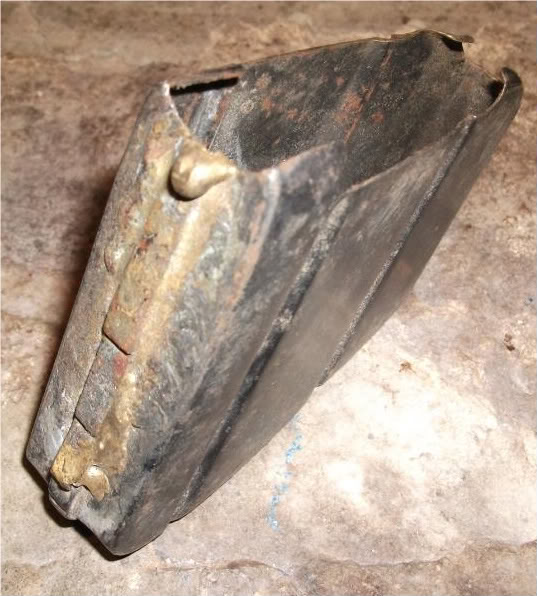
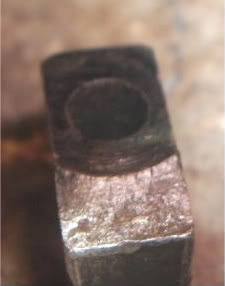
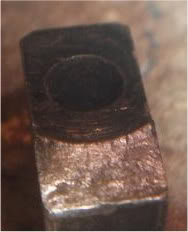

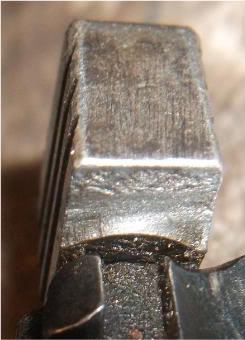
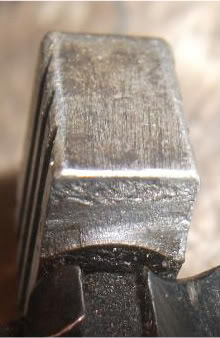
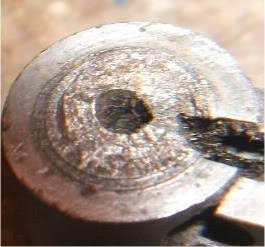

 )
)
